Elon Musk claims Neuralink patients will soon be able to outperform pro gamers
- Neuralink has implanted a brain chip into its second human patient
- Elon Musk has talked about his lofty goals for the technology
- It goes beyond helping patients live independently
Published on Aug 06, 2024 at 7:14 PM (UTC+4)
by Amelia Jean Hershman-Jones
Last updated on Oct 02, 2024 at 1:25 PM (UTC+4)
Edited by
Tom Wood
After Neuralink implanted a brain chip into their second human patient, Elon Musk has talked about his lofty goals for the technology.
The founder expressed that the procedure went ‘extremely well’.
However, his rather surprising hope was regarding patients’ gaming abilities.
DISCOVER SBX CARS: The global premium car auction platform powered by Supercar Blon
The second procedure
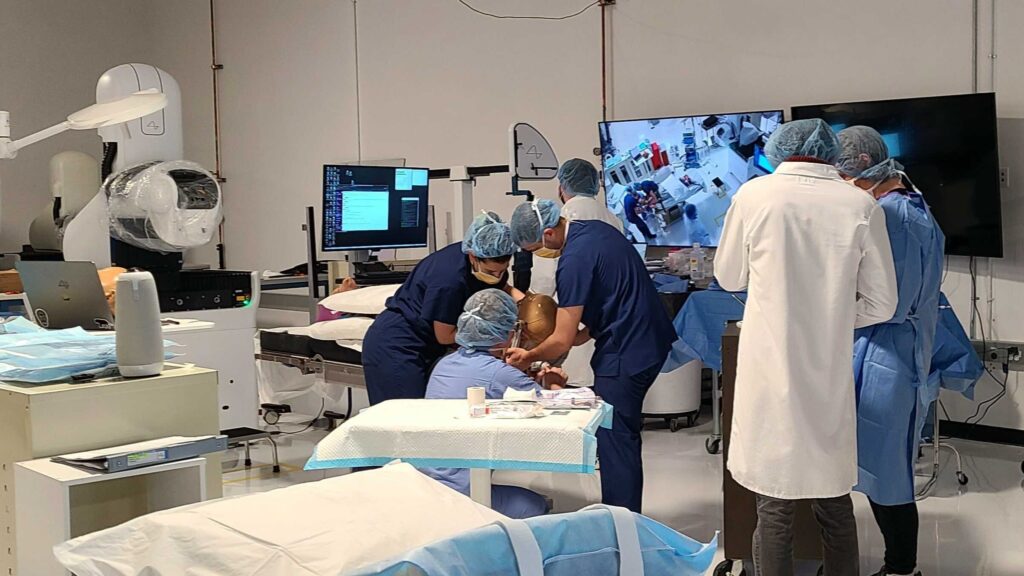
Brain-computer interface startup Neuralink implanted its first quarter-sized brain chip into its first human patient, 30-year-old Noland Arbaugh, in January.
He was left paralyzed after a spinal cord injury in 2016 and described his initial freedom.
However, a month after the procedure, he reportedly lost some of his capabilities after some of the Neuralink implant threads came loose in his brain.
Following software tweaks and with only 10 to 15 percent of his N1 electrodes working, Arbaugh has been able to beat his former world record for speed and accuracy in controlling a cursor with a BCI, per Elon Musk.
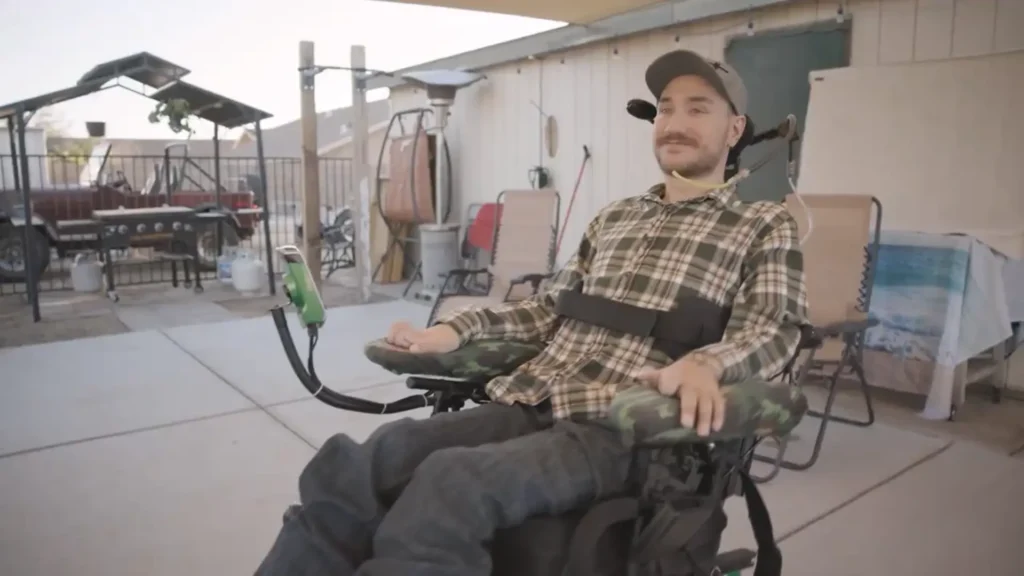
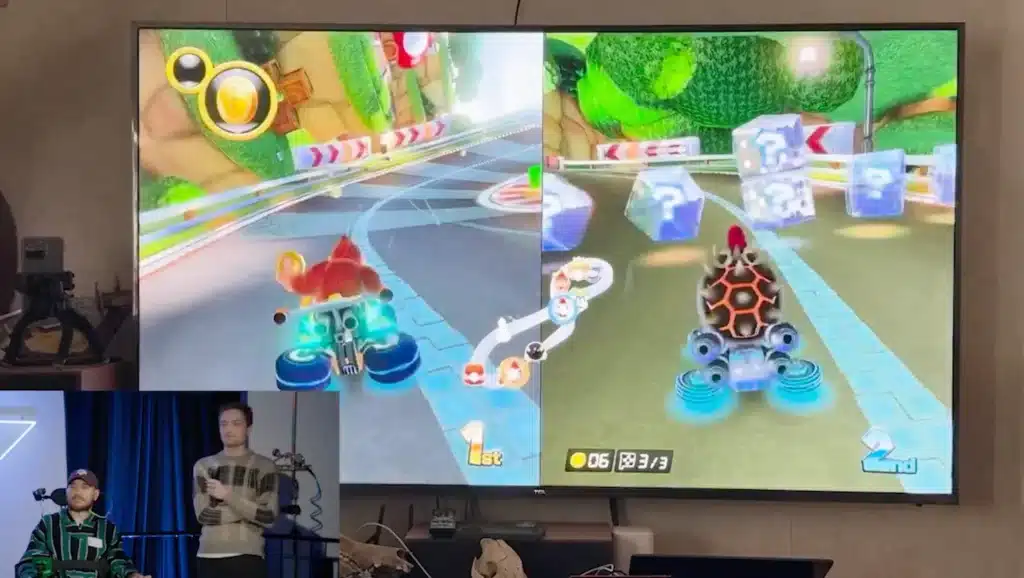
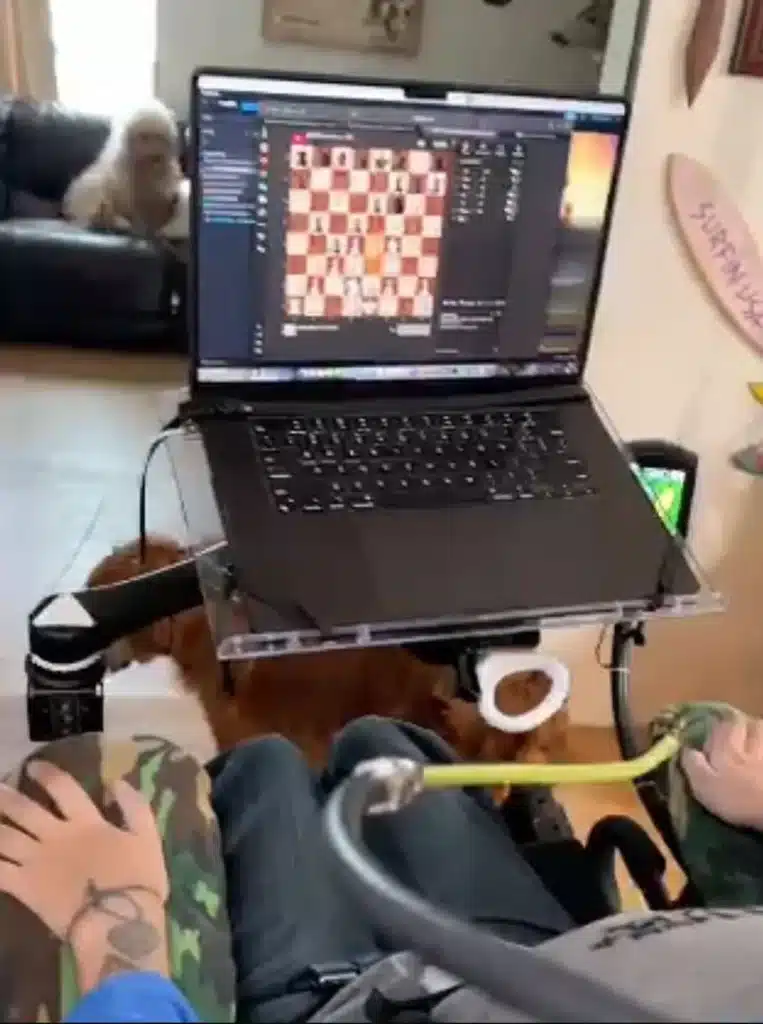
The second implant procedure received far less fanfare.
“We’re hoping to do 10 by the end of this year,” he told the host.
“It’s obviously going to get better with each one.”
Neuralink’s anonymous second patient currently has around 400 functioning electrodes.
“I don’t want to jinx it, but it seems to have gone extremely well with the second implant. There’s a lot of signals, a lot of electrodes,” Musk. said.
How the implant works
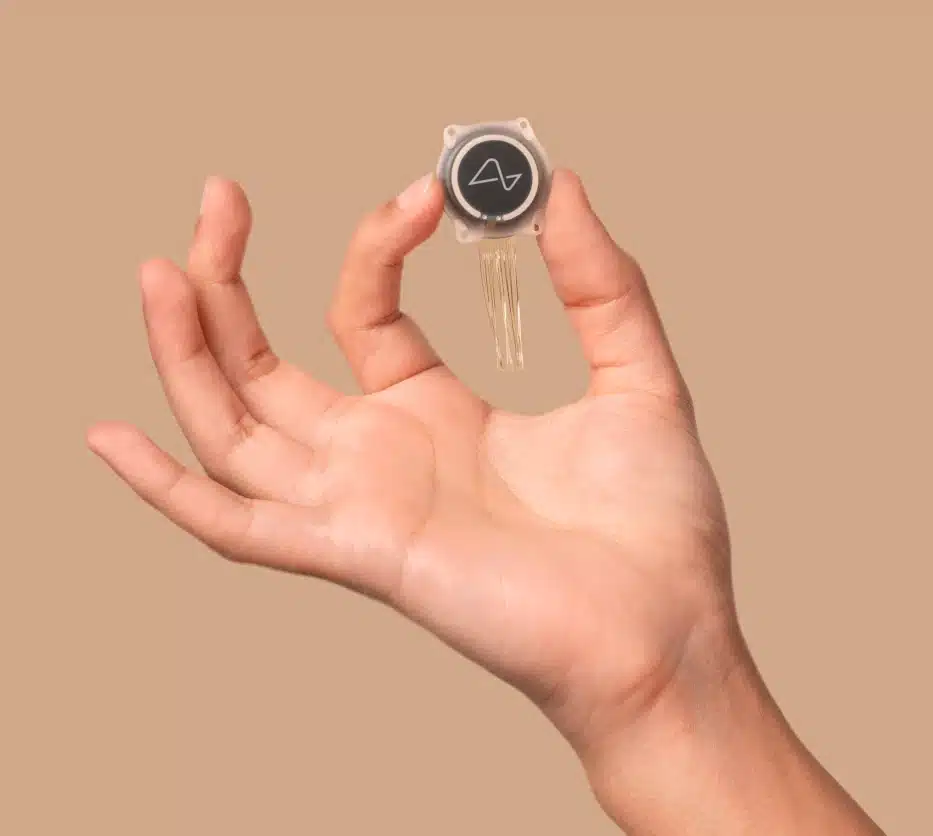
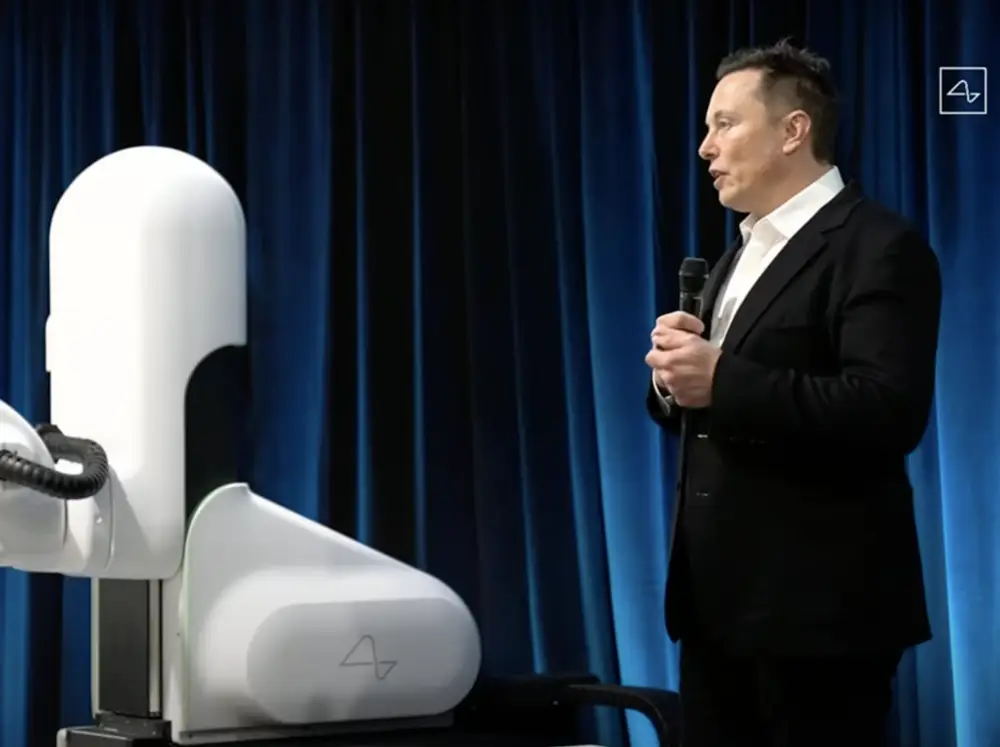
In a procedure that has surprised many, Neuralink’s primary products are its N1 brain-computer interface (BCI) and a robot surgeon designed to insert it.
Per their website, it’s a ‘generalized brain interface to restore autonomy to those with unmet medical needs today and unlock human potential tomorrow’.
It offers independence to those with neurological damage, enabling them to control computer cursors with their thoughts and connect to the digital world without the need for movement.
Each chip contains over 1,000 electrodes across 64 threads, these transmit neural signals post-procedure from the brain’s motor cortex.
Elon Musk and his team hoping to complete another eight by the end of 2024, per Lex Fridman’s 2 August podcast.
The team expects N1 to showcase ‘gigantic’ improvements over the years, according to Musk.
He noted that, over time, the number of electrodes will increase and signal processing will improve.
The goal of Elon Musk
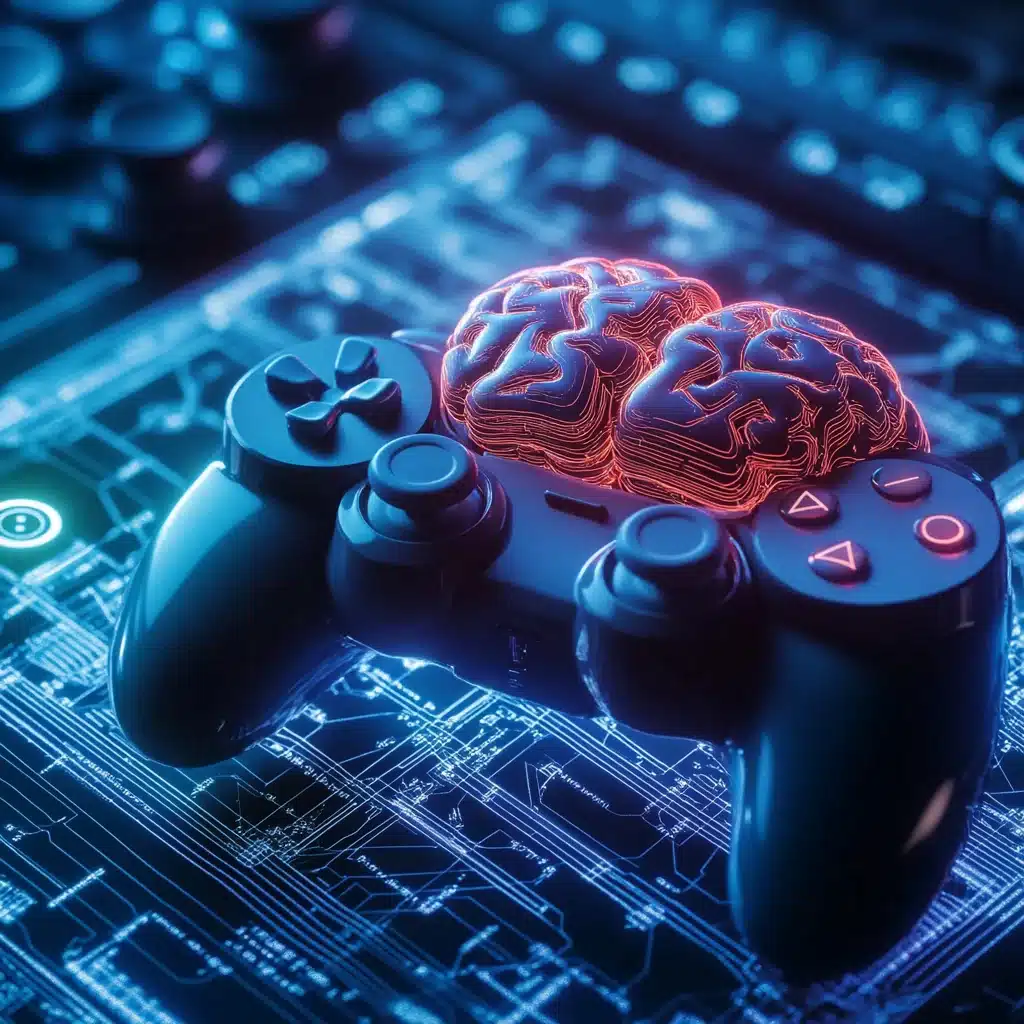
While the 2017-launched company was established to aid those living with paralysis by ‘solving fundamental neuron damage in the spinal cord, neck or in the brain’, there are some pretty cool side-effects.
In addition to improving patient communication, the Neuralink founder said his startup might as well also alter it to exceed that of the ordinary human.
“While we’re in there, why not? Let’s give people superpowers,” Musk said.
“We feel pretty confident that within the next year or two, someone with a Neuralink implant will be able to outperform a pro gamer because the reaction time will be faster,” he told Fridman.
These abilities were first showcased in impressive footage showing Arbaugh controlling Mario Kart using his mind
The company’s ultimate long-term goal is to ‘improve the A.I.-human symbiosis’ in a world dominated by AI, Elon Musk told Fridman.
All Supercar Blondie contributors undergo editorial review and fact-checking to ensure accuracy and authority in automotive journalism. After gaining her BA Hons in French and English at the University of Nottingham, Amelia embarked on a vocational diploma from the National Council for the Training of Journalists (NCTJ). This led to numerous opportunities, from interning at Vogue to being on the small team that launched Women’s Health magazine in the UK, which was named the PPA Consumer magazine of the year for three years running. As Health, Beauty and Fitness editor, Amelia personally received a Johnson & Johnson Award and was shortlisted for both PPA and BSME titles. Since then, Amelia has created content for numerous titles and brands, including the Telegraph, 111 Skin, Waitrose, Red magazine, Stylist, and Elle, as well as being Head of Content at Vitality and Editor in Chief at INLondon magazine. “My superpower is translating technical jargon about the mechanical workings of a supercar into a relatable story you’ll want to share with your friends after you’ve read it.” After joining the SB Media family as a senior journalist in September of 2023, Amelia’s role has evolved to see her heading up the SEO output of the editorial team. From researching the most ‘Google-able’ key terms to producing evergreen content - it’s been a time of hard work, growth, and success for the editorial team and the Supercar Blondie website. “I like to think of myself as a ‘method journalist’. In other words: I live and breathe whatever I am writing about. When writing about fitness, I trained as a personal trainer, and as a beauty editor, I completed an ‘expert’ in scent diploma with the Fragrance Foundation. “During my tenure at Supercar Blondie, however, I did something I never thought possible: I passed my driving test at the age of 36. One day I’d love to train as a mechanic to better understand what happens under the hood, too. “My sweet spot is providing readers with a ‘takeaway’ (read: something new they didn’t know before) after reading every one of my stories. While I don’t claim to be an expert in the automotive world, I know the experts and bodies in the field to rely on to provide our readers with an informative and thought-provoking story every time they visit the site.”




